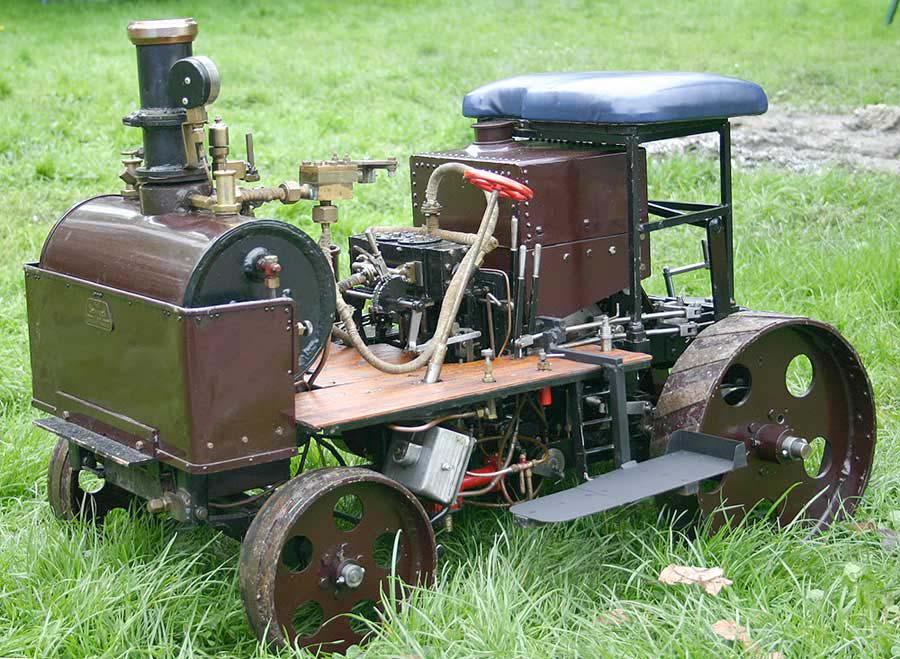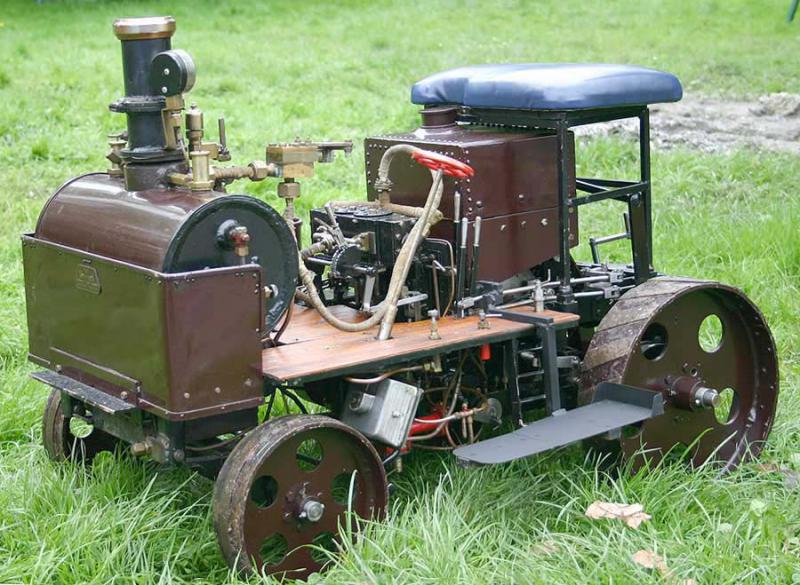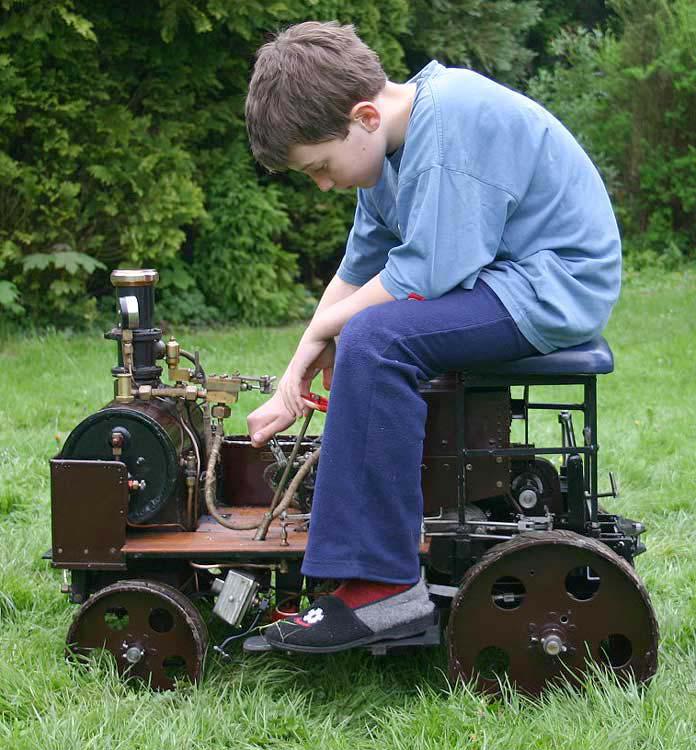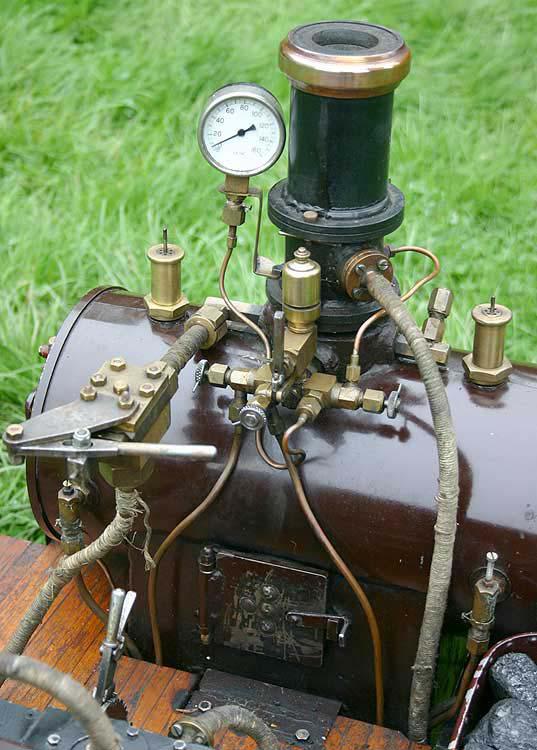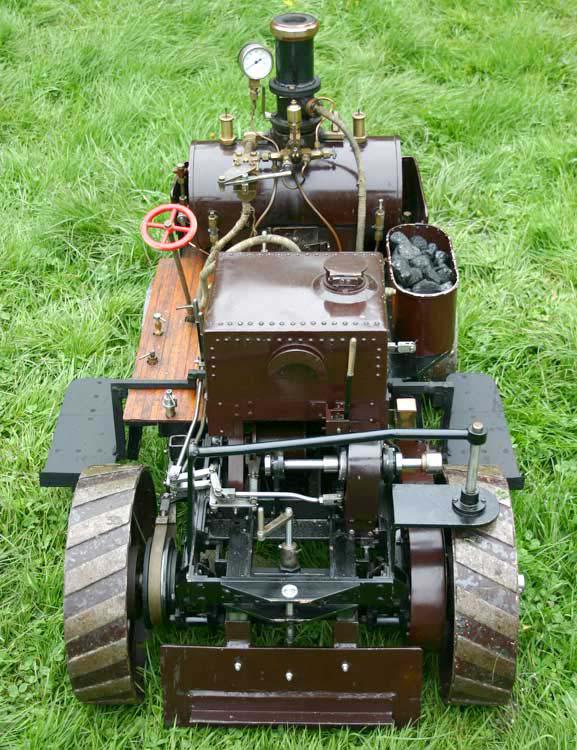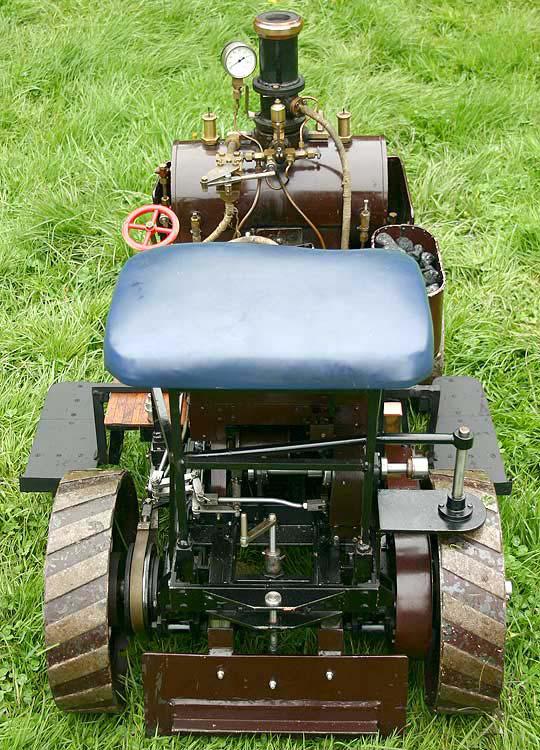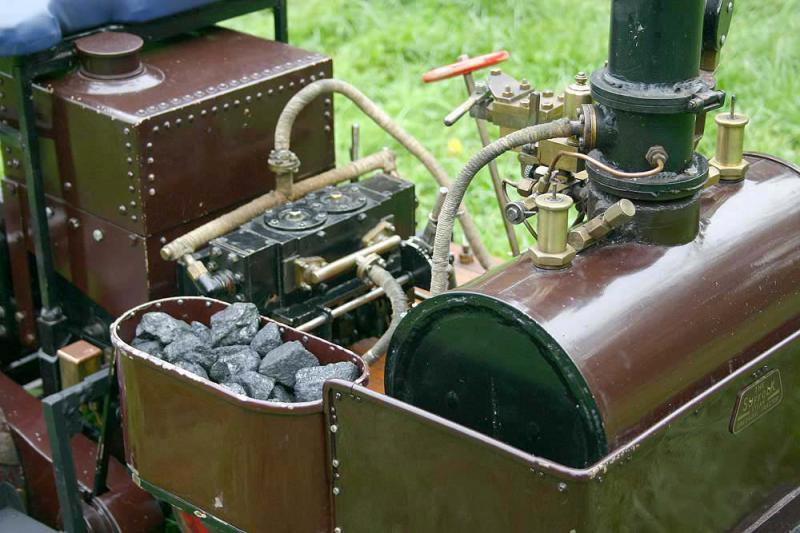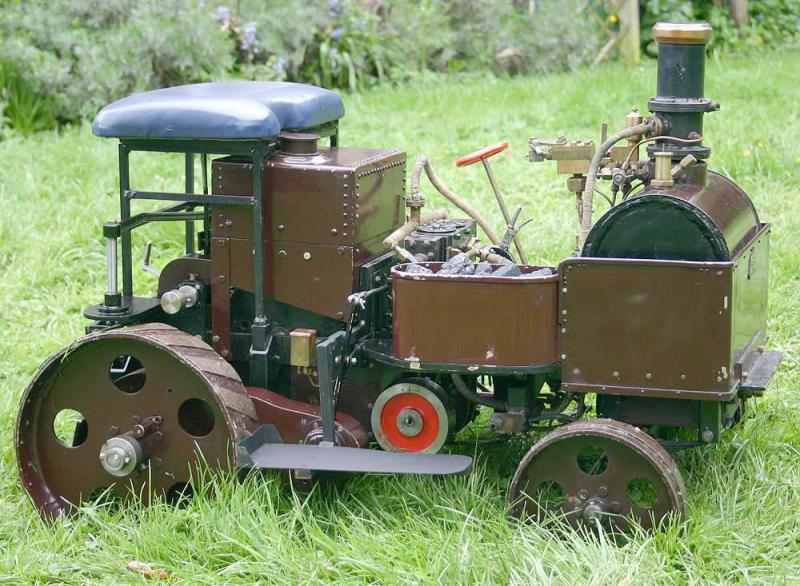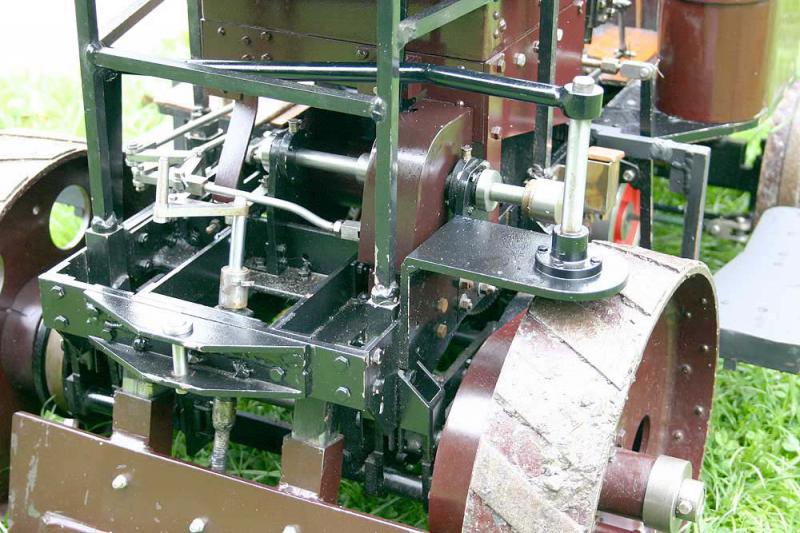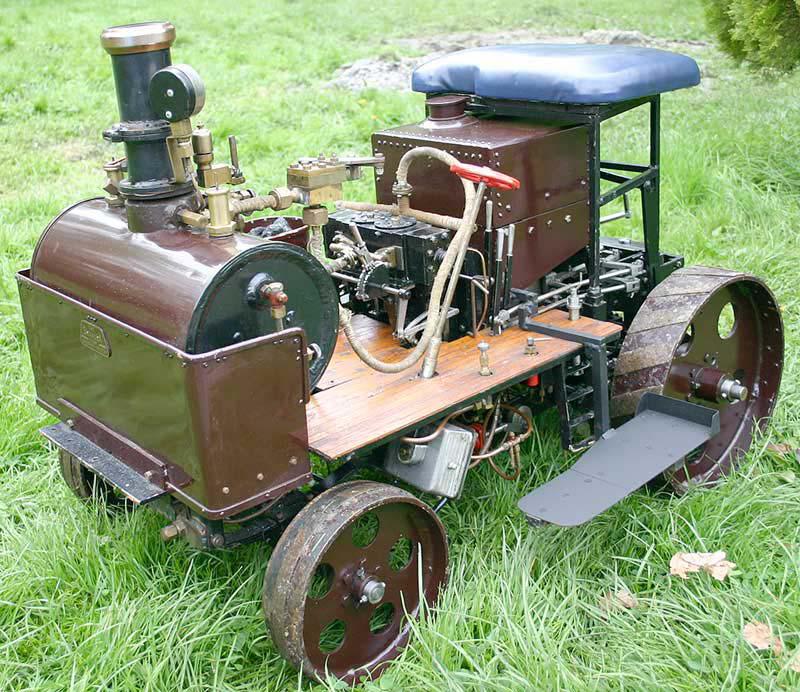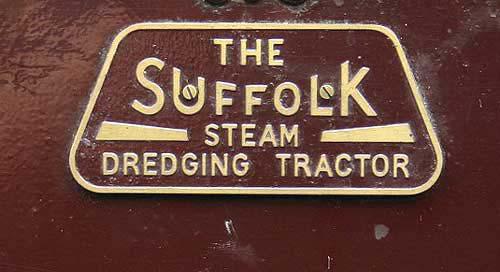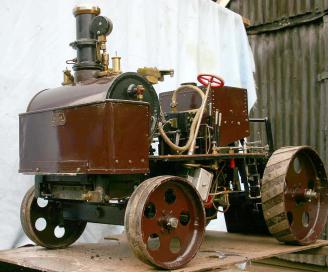Sold September 2004 Back to Archive
Suffolk dredging tractor - stock code 2240
In the 1930s, steam power on the road was under increasing pressure from the diesel-engined commercial vehicles that would finally kill it. Many manufacturers during this period either converted over to internal combustion or went bust. Perhaps the most tenacious survivor was Sentinel, who continued to the last, producing ever more sophisticated engines for their steam lorries which, in their final guise, were competing head-to-head with the diesel trucks, sporting fully-enclosed four cylinder engines, shaft drive, fast steaming boilers and electric lighting.
Alongside their well-known steam lorries and industrial railway locomotives, Sentinel produced a one-off prototype tractor, designed for general purpose use but with its roots in the direct-traction light ploughing tractors of earlier decades. The Yorkshire Patent Steam Wagon Company had already built a prototype light tractor - the "Yorkshire Power Farmer" - using their well-proven transverse boiler with a compound vertical engine, all mounted in a cut-down lorry chassis. A neat looking machine, it influenced Sentinel who chose a similar engine in preference to their own four cylinder unit, coupling it to a secondhand Yorkshire Steam Wagon boiler they acquired, mounting the pair in a purpose-built heavy duty chassis.
I have high regard for John Haining's designs - in addition to the popular ploughing and traction engine series he wrote for Model Engineer (including the Fowler K5 ploughing engine which I had in 3 inch scale) he was a great enthusiast for long-extinct prototypes. His design for the 2 inch scale Durham & North Yorkshire traction engine popularised a super little engine from a company which only built six engines in the nineteenth century, none of which survived in full size - there must be hundreds of the small versions about nowadays!
Sentinel's dredging tractor was a natural choince for Haining - he built his own version of it in the 1970s, with a development program which produced a powerful, free-steaming engine. The design was serialised in Model Engineer in 1978 with various modifications resulting from experiences with his own engine. In his own words "My three inch scale Suffolk steam tractor Hercules makes three or four public appearances each year, and each time seems to arouse one of two emotions - you either love it or hate it - there are no half-measures!".
It's true that the engine has rather distinctive lines, but the more I've played with this one the more impressed I've become with it. The sight of a large, twin cylinder simple expansion engine coupled to a boiler that does not look over-large normally sets alarm bells ringing - I've driven too many engines which require a stop for a blow-up twice per lap of the garden! However, rather like an iceberg, most of the boiler is below the running boards and features a cavernous firebox with three cross-tubes - the result is a unit that makes steam like it's going out of fashion (and, unusually, can be steamed from cold without forced draught).
Steel cross-tube boiler fed by injector and mechanical pump driven from the engine layshaft. Working pressure 90psi, twin safety valves, pressure gauge and water gauge with blowdown. Twin cylinder simple expansion engine with Stephenson's valve gear, all gear drive to winch and rear axle.
The winch is engaged by a lever on the near side - sliding it in engages the main winch drum via a dog clutch, sliding it out disengages the winch and applies a large disc brake. A second lever engages road gear, each back wheel is equipped with a removeable drive pin. At the rear of the engine is a large, wind-down spade-type ground anchor which is a most useful addition when using the winch. the power takeoff shaft on the offside at the rear was used, on the original engine, to operate an arm-mounted set of dredging buckets. In the model it would make a good place to drive a variety of other machinery from.
Perhaps the most surpising thing about this engine is just how comfortable it is to drive. There is a rather nicely made seat which clips over the water tank and a pair of footboards which locate just behind the engine. The regulator and steering wheel fall easily to hand and the Ackerman steering is quick and responsive - just as well as the engine has a good turn of speed, guaranteed to get you from the engine line down to the beer tent about twice as fast as a three inch Burrell! It's easy to drive and fire, with a big firehole door. When stationary, the engine can be put out of gear and ticks over very quietly down to very low speeds.
The engine has been well-made and fitted with grease nipples to all major wearing parts, from the steering kingpins to ground anchor sliders. It has a new boiler certificate, expiring June 2005.
Length 40 inches
Weight 300 pounds
| scale | 3 inch |



